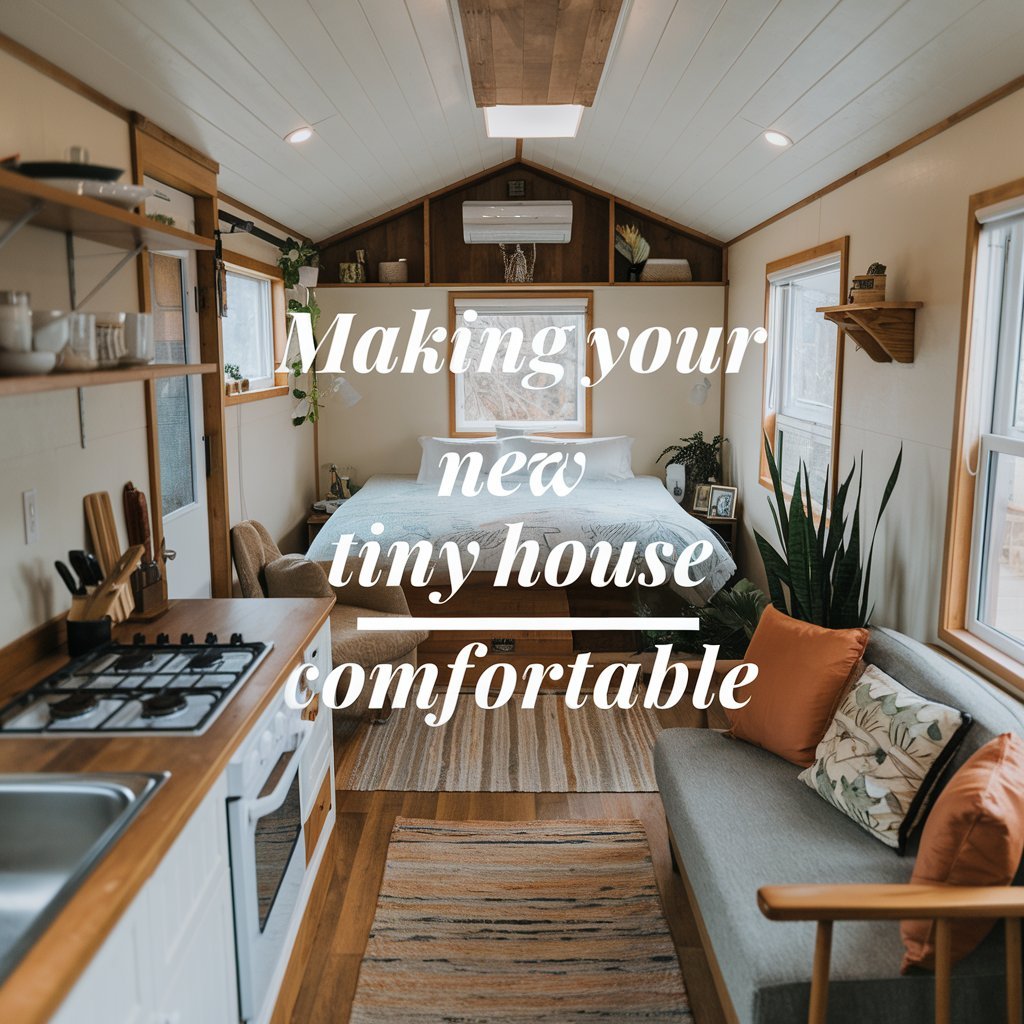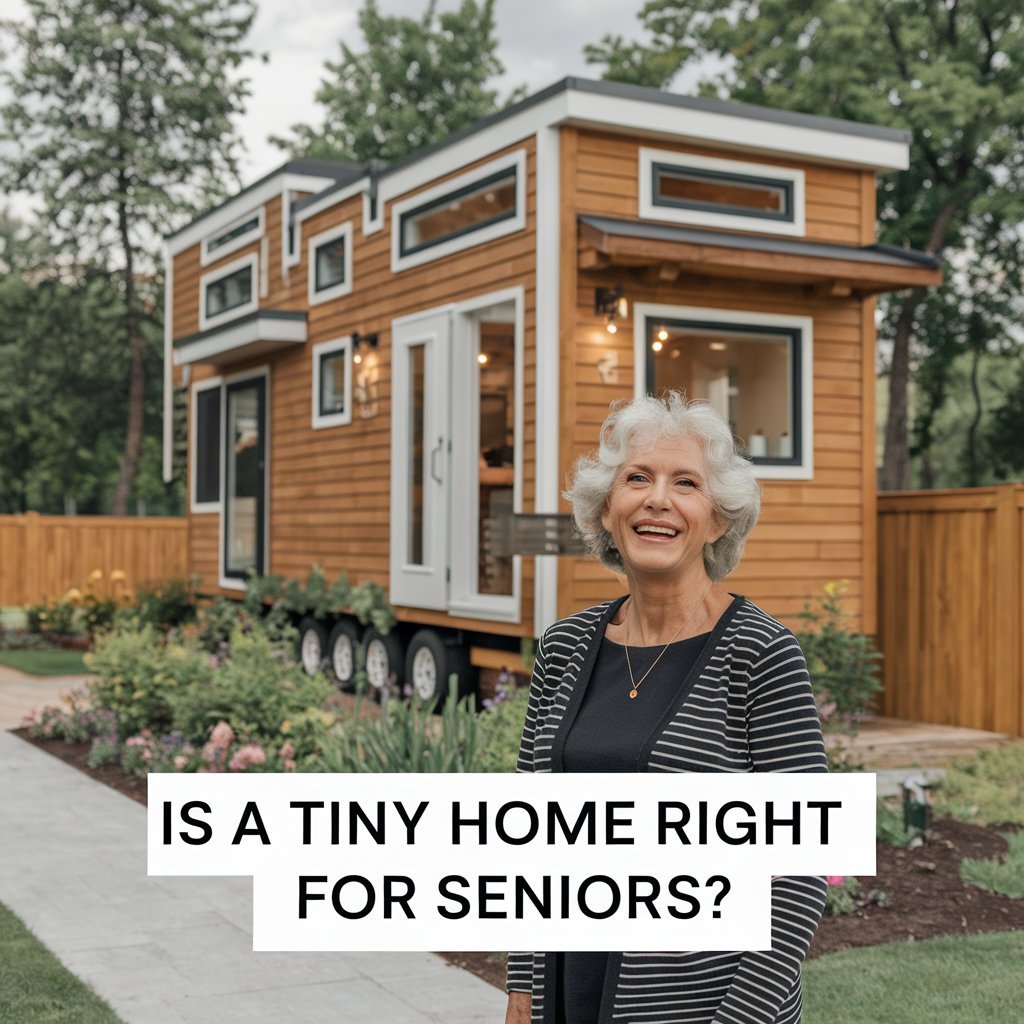Living in compact homes doesn’t require compromising on style or practicality. With thoughtful planning, even the smallest closets can become efficient storage hubs. The key lies in blending intentional design with clever space-saving methods.
Modern lifestyles demand creative approaches to storage. Professional organizers emphasize multi-functional solutions like vertical shelving and modular racks. These ideas help maximize every inch, turning cramped areas into curated spaces that reflect personal taste.
Success starts with decluttering. Keep only items you truly love or use regularly. This creates room to breathe and makes daily outfit choices simpler. Pair this with adjustable organizers or under-bed storage for seasonal items. The result? A streamlined closet that feels spacious, not suffocating.
Key Takeaways
- Small living areas can maintain style through intentional design choices
- Vertical storage solutions dramatically increase usable space
- Decluttering is essential for creating functional wardrobe systems
- Modular organizers adapt to changing needs in compact homes
- Multi-purpose furniture enhances storage without sacrificing aesthetics
Introduction to Organizing a Minimalist Wardrobe in a Tiny Space
Transforming cramped clothing areas into functional systems begins with mindset changes. Research reveals cluttered environments increase cortisol levels by 15%, while tidy spaces boost focus. This makes smart storage essential for both physical comfort and mental well-being.
Limited square footage forces prioritization. Ask: “Does this item earn its place daily?” Studies show people wear 20% of their clothes 80% of the time. Keep only pieces that align with your current lifestyle and climate needs.
| Storage Approach | Visual Impact | Accessibility | Space Used |
|---|---|---|---|
| Traditional Hanging | Cluttered | Moderate | 70% floor area |
| Modular Systems | Clean lines | High | 45% floor area |
| Vertical Solutions | Streamlined | Excellent | 30% floor area |
Open-concept homes benefit most from visually cohesive designs. Floating shelves with matching bins create order without sacrificing style. Color-coordinated hangers add polish while making outfit selection faster.
Health data proves the value: Organized spaces reduce morning stress by 40%. Start with durable systems that grow with your needs. The goal? A wardrobe that works harder than your square footage suggests.
Assessing Your Available Space
Unlocking hidden storage areas requires a fresh perspective. Many homes contain unused zones that could become organizational goldmines. Start by evaluating your entire living environment – not just the closet – with a critical eye.

Conduct a room-by-room audit using measuring tape. Note ceiling heights, alcove depths, and awkward corners. These measurements form the blueprint for selecting storage solutions that fit perfectly while maximizing capacity.
Under-bed zones often get overlooked. Slim rolling containers here can hold 8-10 seasonal outfits while keeping dust out. For door backs, install slim racks that hold 15+ accessories without blocking movement.
| Storage Zone | Best Use | Accessibility | Space Saved |
|---|---|---|---|
| Under-bed | Winter coats, shoes | Medium | 6 sq ft |
| Door backs | Belts, scarves | High | 2 sq ft |
| High shelves | Special occasion wear | Low | 4 sq ft |
| Alcoves | Daily outfits | High | 3 sq ft |
Vertical spaces offer surprising potential. A 12-inch deep shelf above door frames stores folded sweaters within reach. Hallway nooks can accommodate slim cabinets for frequently worn items.
Create a color-coded map of your home’s storage areas. Assign zones based on usage frequency – daily essentials in easy-reach areas, special occasion pieces in higher spots. This visual system makes maintaining order effortless.
Decluttering Strategies for a Minimalist Wardrobe
Streamlining your clothing collection begins with honest evaluation. Pull every piece from shelves and racks, then apply three filters: emotional value, fit, and frequency of use. Joy-sparking items earn priority placement, while ill-fitting or unworn pieces get donated.

Adopt the 12-month test for objectivity. If you haven’t worn something in a year (excluding formal attire), release it. Lifestyle shifts like remote work or climate changes often render certain clothes obsolete – acknowledge these transitions without guilt.
| Evaluation Criteria | Purpose | Action |
|---|---|---|
| Joy Factor | Identifies emotional connections | Keep or donate |
| Fit Check | Ensures wearability | Tailor or discard |
| Usage Frequency | Reveals practical value | Store accessibly |
Snap photos of questionable pieces before deciding. Visual comparisons help overcome attachment bias. Group keepers into clear categories – this exposes how much space each type requires.
Maintain momentum with quarterly reviews. Schedule 15-minute sessions to reassess your wardrobe as seasons change. This habit prevents clutter creep and sustains effortless organization.
Maximizing Vertical Space in Your Closet
Elevate your storage game by looking upward – unused airspace holds untapped potential for clothing systems. Vertical surfaces in compact areas can store 3x more items than floor-based solutions when optimized properly. This approach keeps essentials visible while maintaining floor space for movement.

Utilizing Hanging Storage and Shelving
Double hanging rods transform single-level storage into efficient zones. Place shorter garments like shirts on top, with pants or dresses below. Adjustable shelving units adapt to sweater stacks or shoe collections as seasons change. Install them at eye level for easy access.
Tension rods between walls create instant spots for scarves or belts. Pair with slim baskets for folded jeans or workout gear. Floor-to-ceiling units with modular cubes let you reconfigure layouts without tools.
Creative Use of Over-the-Door Solutions
Closet doors become storage workhorses with the right additions. Slim racks hold 20+ accessories without protruding into walkways. Pegboards mounted inside door frames keep jewelry tangle-free and visible.
Repurpose clear shoe organizers for socks or tech gadgets. Slide them behind doors to save 4 square feet of floor space. Magnetic strips on metal surfaces store hair tools or metal accessories within reach.
| Solution | Items Stored | Space Saved |
|---|---|---|
| Double rods | Shirts, pants | 50% vertical area |
| Door hooks | Bags, robes | 3 sq ft |
| Pegboards | Jewelry, belts | 2 sq ft |
Stack floating shelves above door frames for off-season items. Use matching bins to maintain visual calm. This layered approach turns every inch into functional storage without overcrowding.
Innovative Storage Solutions for Small Spaces
Revolutionizing compact living starts with smart storage innovations that defy spatial limitations. Modern systems blend adaptability with visual appeal, turning tight quarters into highly functional zones. The right approach transforms unused corners and vertical gaps into valuable real estate for clothing and accessories.

Modular and Freestanding Closet Systems
IKEA’s Boaxel series redefines budget-friendly organization. Wall-mounted rails and shelves adapt to changing needs without eating floor space. For premium quality, The Container Store’s Elfa system offers designer-approved configurations through intuitive online tools.
ClosetMaid’s stackable units solve rental challenges. These freestanding organizers require no permanent installation, ideal for temporary homes. Cube systems double as room dividers in studios, storing folded items while maintaining an airy feel.
Under-Bed and Corner Storage Ideas
Rolling bins with see-through panels maximize under-bed areas. Store seasonal jackets or shoes while keeping them dust-free. Slim profiles (under 6 inches tall) ensure easy access without bulky appearances.
Triangular corner units reclaim awkward angles. Rotating racks hold 15+ pairs of shoes, while floating shelves display handbags. Pair these with tension rods for hanging scarves – a clever hack for small spaces needing vertical solutions.
| Solution | Best For | Space Saved |
|---|---|---|
| Wall-mounted systems | Expandable closets | 8 sq ft |
| Under-bed bins | Seasonal rotation | 5 sq ft |
| Corner shelves | Accessories | 3 sq ft |
Prioritize multi-height furniture like beds with built-in drawers. These designs add hidden compartments without sacrificing bedroom aesthetics. The result? A closet that works smarter, not harder.
Effective DIY and Budget-Friendly Organization Hacks

Smart storage solutions can emerge from everyday objects with a dash of creativity. Household items like empty shoeboxes become drawer dividers when wrapped in contact paper. Ice cube trays transform into jewelry organizers, keeping earrings and rings visible yet contained.
Tension rods offer versatile hanging options without drilling. Install them vertically between shelves for scarves or horizontally under sinks for cleaning supplies. For craft enthusiasts, these rods prevent ribbon tangles in gift closets – a trick professional organizers swear by.
| DIY Solution | Materials Needed | Best For | Cost |
|---|---|---|---|
| Tension Rod System | 2 rods + brackets | Lightweight accessories | $12 |
| PVC Pipe Dividers | Cut pipes + glue | Belts, ties | $8 |
| Pegboard Wall | Board + hooks | Tools, bags | $25 |
| Pool Noodle Boot Shapers | Noodles + knife | Footwear | $5 |
Velcro strips create temporary storage zones inside cabinet doors. Stick them to walls for quick belt or tie access. Cardboard boxes covered in fabric make chic drawer compartments – perfect for socks or tech cables.
Pool noodles aren’t just for swimming. Cut them lengthwise to cradle boots, preventing creases. This hack saves closet floor space while maintaining shoe shape. For seasonal items, stack labeled bins under beds using rolling frames.
These projects prove organization doesn’t require big budgets. With basic tools and imagination, any home can gain functional storage. Start small – even one clever hack creates noticeable improvements.
Using Hooks, Racks, and Shelving in a Tiny Space
Walls become unexpected allies in compact living when treated as storage canvases. Design-forward solutions like Tom Scheerer’s Shaker-style peg rail demonstrate how wall-mounted systems can store coats and bags while enhancing room aesthetics. This approach turns functional elements into intentional design features that complement existing decor.

Incorporating Wall-Mounted Solutions
Strategic placement transforms blank walls into organizational powerhouses. Install peg rails near entryways for daily essentials like keys and jackets. Renters can use damage-free Command strips to secure lightweight racks for jewelry or scarves. These options keep floors clear while adding character to tight spaces.
| Solution | Best Use | Aesthetic Impact |
|---|---|---|
| Peg rails | Heavy coats, bags | Farmhouse charm |
| Floating shelves | Displayed accessories | Modern minimalism |
| Freestanding racks | Outfit curation | Vintage flair |
Display and Accessorize Cleverly
Pam Schneider’s vintage clothing rack proves storage can be stylish. Open shelving encourages thoughtful curation – stack folded sweepers between bookends for visual appeal. Multi-tiered racks let you showcase favorite shoes while keeping them accessible.
Match hardware finishes for cohesive design. Brass hooks mirror drawer pulls, creating unity in small areas. This technique maximizes vertical space without overwhelming sightlines, turning practical solutions into decorative statements.
Custom Closet Systems and Modular Designs
Tailored storage solutions transform cramped closets into personalized command centers. Professional organizer Naeemah Ford Goldson emphasizes: “Implement systems that adapt to your life – don’t reshape routines around awkward layouts.” Quality closet designs become worthwhile investments when planning to stay in a space five+ years.

Modular components like The Container Store’s Elfa system offer flexibility. Adjustable shelves expand upward as needs change, while built-in drawers conceal delicate items without clutter. This approach addresses unique challenges – sloped ceilings or narrow alcoves become functional zones.
| Feature | Wire Shelving | Solid Shelving |
|---|---|---|
| Ventilation | Superior airflow | Limited circulation |
| Weight Capacity | 35 lbs per shelf | 50 lbs per shelf |
| Visual Appeal | Industrial look | Streamlined finish |
Professional installation ensures proper weight distribution. Experts maximize every inch – placing shoe racks below hanging shirts or creating accessory cubbies beside storage drawers. This precision prevents sagging shelves and improves daily efficiency.
Multi-height configurations accommodate diverse items. Stack sweaters on 12-inch shelves while reserving 18-inch spaces for boots. Modular systems evolve with life changes – add hanging rods during career shifts or expand drawer units for growing accessory collections.
Though initial costs run higher than DIY options, quality systems save time and frustration long-term. They create lasting order through smart design that anticipates needs rather than reacting to chaos.
Optimizing Underutilized Areas of Your Home
Reimagining overlooked spaces unlocks hidden storage potential in every room. Designer Alicia Hassen transformed a New Jersey walk-in closet into a reading nook with built-in shelves – proving even awkward areas can serve dual purposes. This approach turns dead zones into functional extensions of your living space.
Sloped ceilings and odd corners become assets with creative solutions. Gary McBournie’s farmhouse project demonstrates how slanted rooflines accommodate hanging racks and floating shelves. Hallway nooks can store off-season coats, while stairway landings house slim cabinets for accessories.
Consider converting bathroom linen closets into shoe storage hubs. Living room corners fit stylish armoires that blend with decor. Bed alcoves work perfectly for vertical organizers, keeping daily outfits within reach yet out of sight.
Every home contains hidden space waiting to be activated. Start by identifying underused zones, then match them to your lifestyle needs. The result? A harmonious balance between practicality and personal style.



